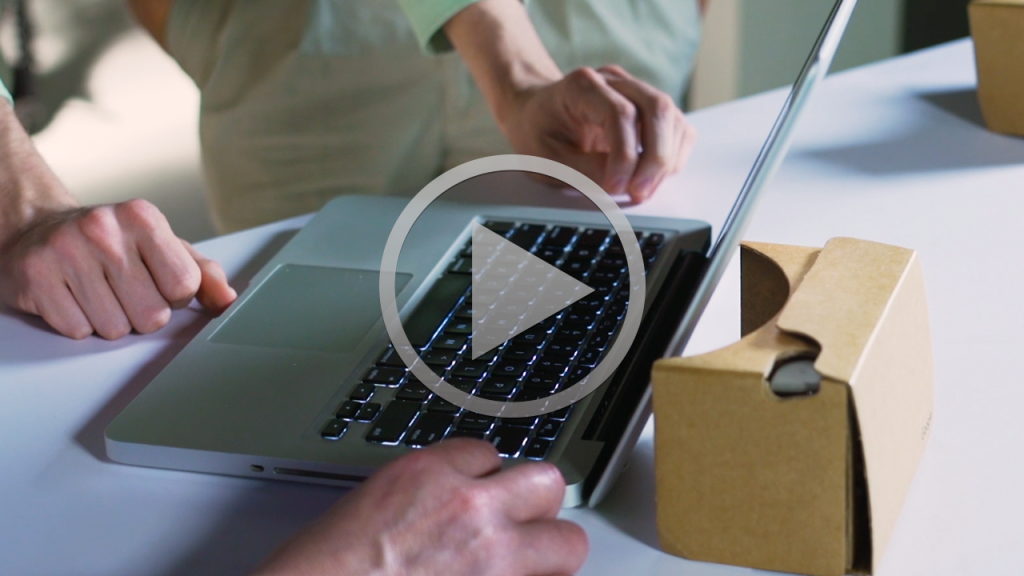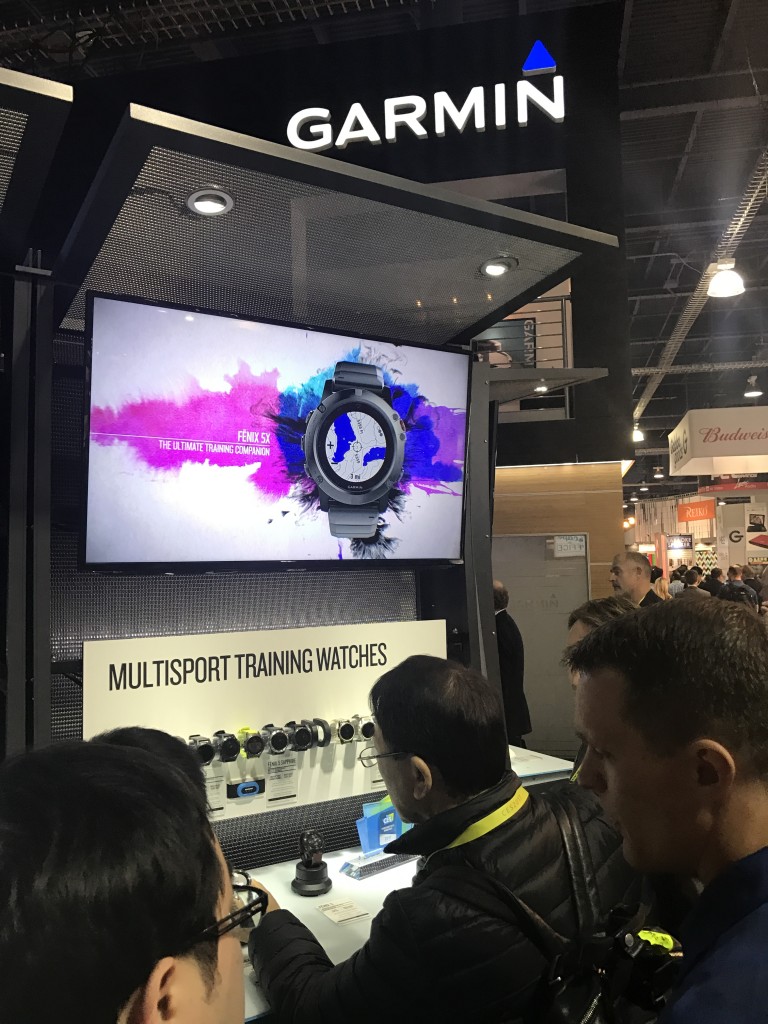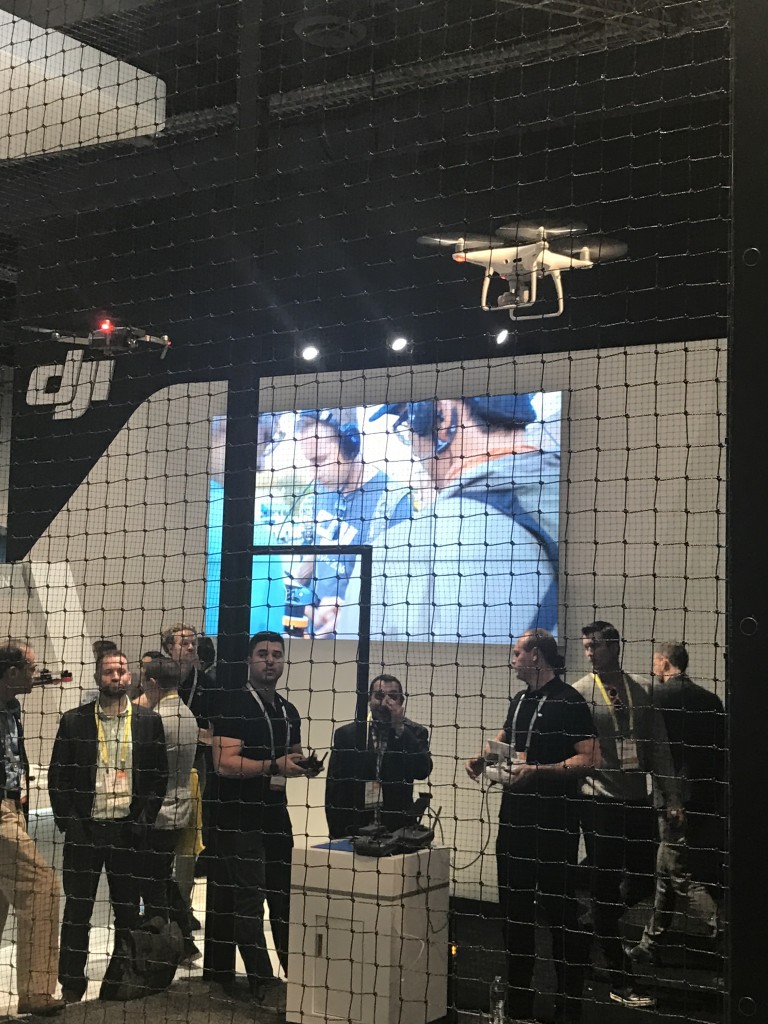Last week, Google announced that it would retire its Octane benchmark. Their announcement explains that they designed Octane to spur improvement in JavaScript performance, and while it did just that when it was first released, those improvements have plateaued in recent years. They also note that there are some operations in Octane that optimize Octane scores but do not reflect real-world scenarios. That’s unfortunate, because they, like most of us, want improvements in benchmark scores to mean improvements in end-user experience.
WebXPRT comes at the web performance issue differently. While Octane’s goal was to improve JavaScript performance, the purpose of WebXPRT is to measure performance from the end user’s perspective. By doing the types of work real people do, WebXPRT doesn’t measure only improvements in JavaScript performance; it also measures the quality of the real-world user experience. WebXPRT’s results also reflect the performance of the entire device and software stack, not just the performance of the JavaScript interpreter.
Google’s announcement reminds us that benchmarks have finite life spans, that they must constantly evolve to keep pace with changes in technology, or they will become useless. To make sure the XPRT benchmarks do just that, we are always looking at how people use their devices and developing workloads that reflect their actions. This is a core element of the XPRT philosophy.
As we mentioned last week, we’ve working on the next version of WebXPRT. If you have any thoughts about how it should evolve, let us know!
Eric
















